|
The Battle of Ia Drang was the first major battle between regulars of the United States Army and regulars of the People's Army of Vietnam (PAVN/NVA) of North Vietnam during the Vietnam War. The two-part battle took place between November 14 and November 18, 1965, at two landing zones (LZs) northwest of Plei Me in the Central Highlands of South Vietnam as part of the U.S. airmobile offensive codenamed Operation Silver Bayonet. The battle derives its name from the Drang River which runs through the valley northwest of Plei Me, in which the engagement took place. Ia means "river" in the local Montagnard language.
Representing the American forces were elements of the 3rd Brigade, 1st Cavalry Division: the 1st Battalion and 2nd Battalion of the 7th Cavalry Regiment, and the 2nd Battalion, 5th Cavalry Regiment of the United States Army, facing elements of the B3 Front of the PAVN (including the 304 Division) and Viet Cong. The battle involved close air support by U.S. aircraft and a strategic bombing strike by B-52s. The initial Vietnamese assault against the landing 1st Battalion, 7th Cavalry at LZ X-Ray was repulsed after two days and nights of heavy fighting on November 14-16. However, the follow-up surprise attack on November 17 that overran the marching column of 7th Cavalry 2nd Battalion near the LZ Albany was the deadliest ambush of a U.S. unit during the course of the entire war. About half of some 300 American deaths in the 35-day Operation Silver Bayonet happened in just this one fight that lasted 16 hours. The battle was documented in the CBS special report Battle of Ia Drang Valley by Morley Safer and the critically acclaimed book We Were Soldiers Once... And Young by Harold G. Moore and Joseph L. Galloway. In 2002, Randall Wallace depicted the first part of the battle in the film We Were Soldiers starring Mel Gibson and as Col. Hal Moore. This has been one of my all-time favorite uniforms for many years now. It is a sharp looking uniform with a very smart military appearance. Once I built my M-16A1 replica, I was finally able to put this impression together. Thankfully, our friends' backyard served as a very nice substitute for the Central Highlands of Vietnam in mid-November. It is an extreme honor to wear the same uniform that the 1st Air Cavalry went into combat with for the first time in Vietnam. Garry Owen!
1 Comment
Operation Starlite began on August 18, 1965. It was the first major offensive regimental size action conducted by a strictly U.S. military unit during the Vietnam War. The operation was launched based on intelligence provided by Major General Nguyen Chanh Thi, the commander of the South Vietnamese forces in northern I Corps area. Lieutenant General Lewis W. Walt devised a plan to launch a pre-emptive strike against the Viet Cong regiment to nullify the threat on the vital Chu Lai base and ensure its powerful communication tower remained intact. The operation was conducted as a combined arms assault involving ground, air and naval units. U.S. Marines were deployed by helicopter insertion into the designated landing zone while an amphibious landing was used to deploy other Marines. 3rd Battalion, 3rd Marine Regiment, and 2nd Battalion, 4th Marine Regiment – both stationed at Chu Lai – were chosen to move on Van Tuong, as well as 3rd Battalion, 7th Marine Regiment, from the Special Landing Force, which made haste from the Philippines. Forty-eight years later, the lessons learned from Operation Starlite still echo through military operation manuals and the Marines who laid their lives on the line are recognized for their heroism. The engagement showed the Marine Corps to be a prime fighting force 190 years after its birth, even when faced with an enemy of relatively unknown capabilities in conditions less than ideal. Also the combination of amphibious assault and helicopter-borne forces used in Operation Starlite showed the Marines to be masters of their chosen crafts: amphibious assault and assault via helicopter. With success in Operation Starlite the Marines passed their first big test in Vietnam. Moreover, they tested on the battlefield the combined helicopter and amphibious doctrine that they had studied for more than a decade.
This was my first post for my ongoing "Uniform of the Month" series. Each month I spotlight a particular uniform from a time and place in U.S. military history. Because of my background and interests, these are mostly focused on World War II and the Korean and Vietnam Wars. This uniform was pulled together over several months as my interest in the Marine Corps of the Vietnam War has grown. Everything in the photos is original except for the Utility Cover and the OG-107 Trousers, both reproductions from Moore Militaria. I don't currently own an M-14 rifle but I held my M-1 in the photos and then added in an M-14 later. |
UNIFORM OF THE MONTHI love deciding which unique uniform impression I want to put together each month. Follow me right here to see what's next! ARCHIVES
July 2015
CATEGORIES
All
|
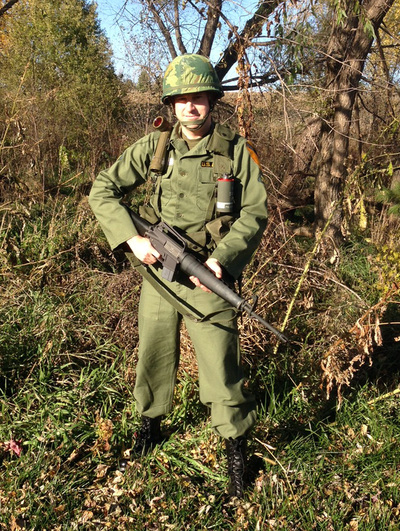
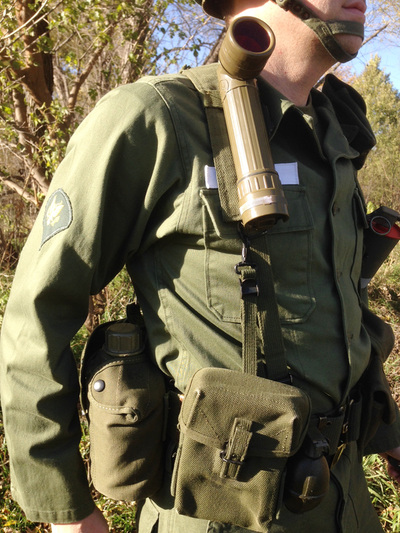
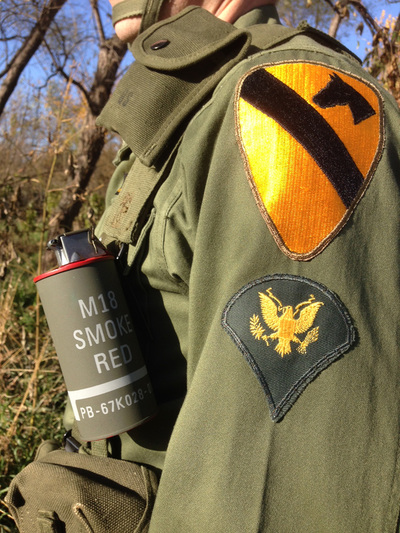
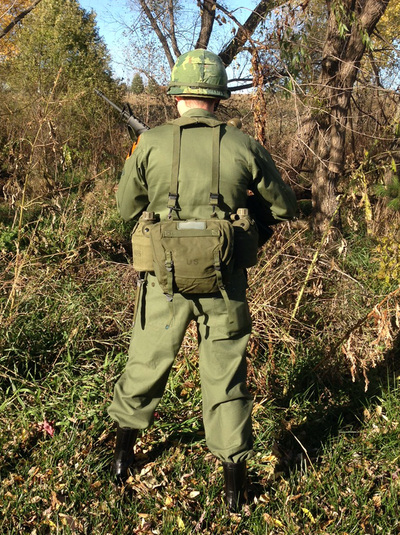
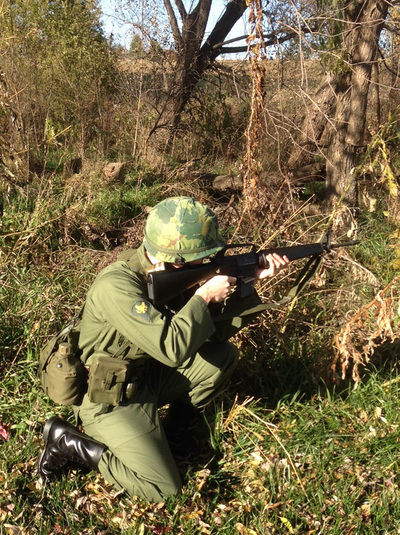
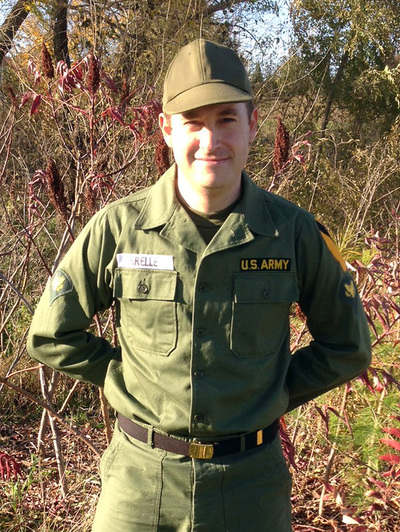
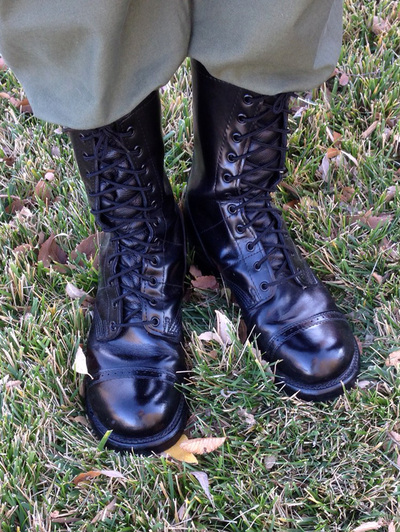
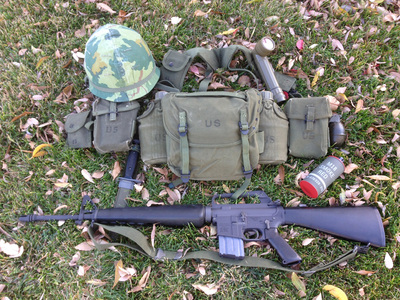
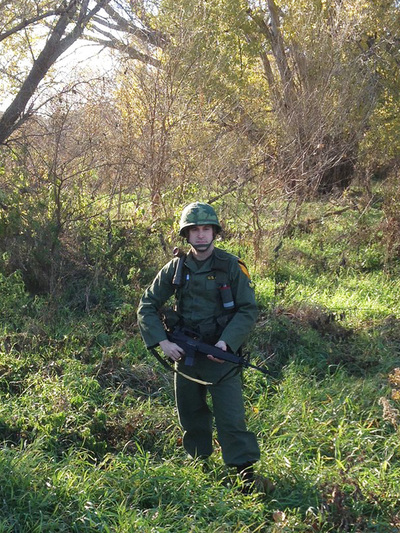
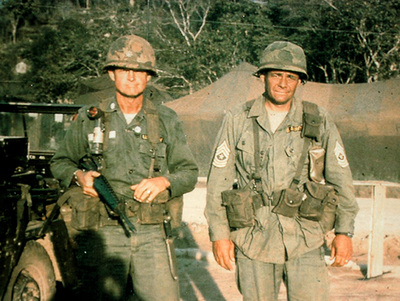
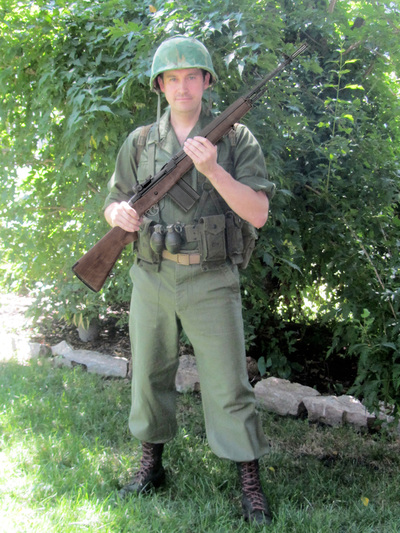
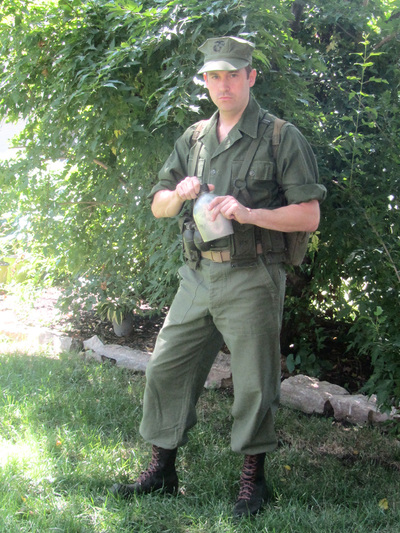
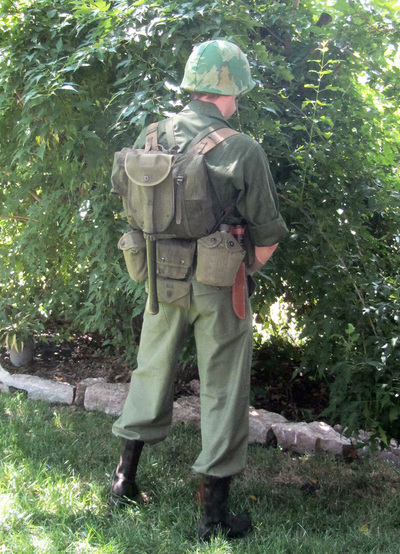
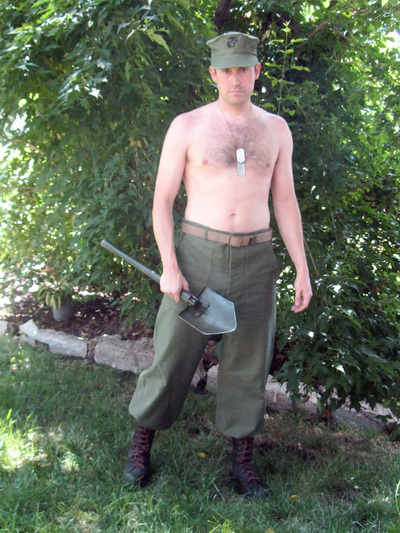
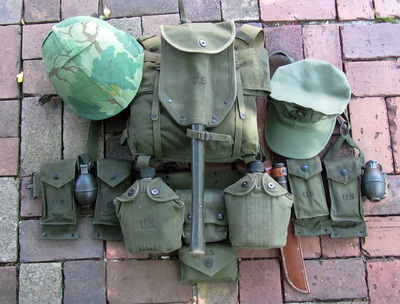
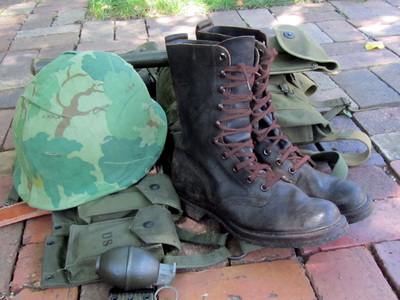
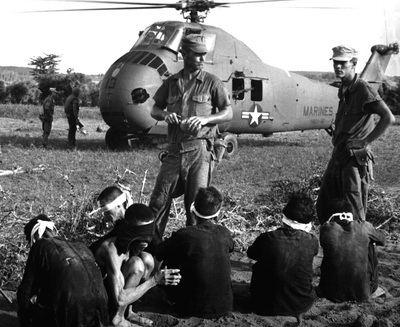
 RSS Feed
RSS Feed
